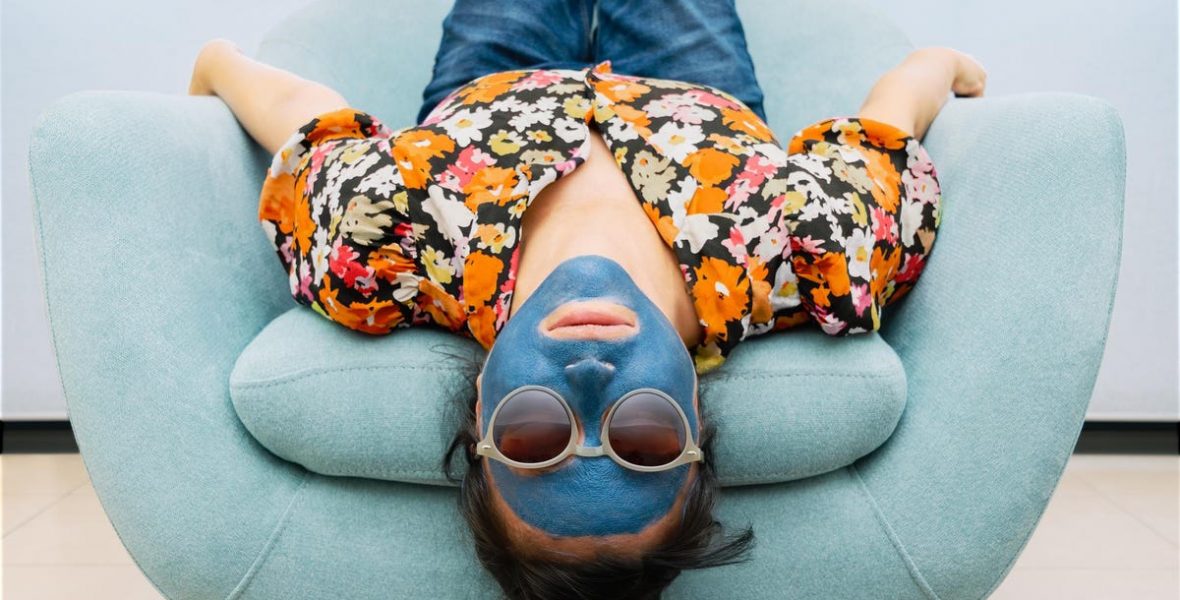3 years on the impact of the Covid-19 pandemic can still be felt. It has impacted many facets of our lives, including how we view our health and wellness. It is against this backdrop, that I thought I’d share some thoughts around the major health and wellness trends I see for 2023.
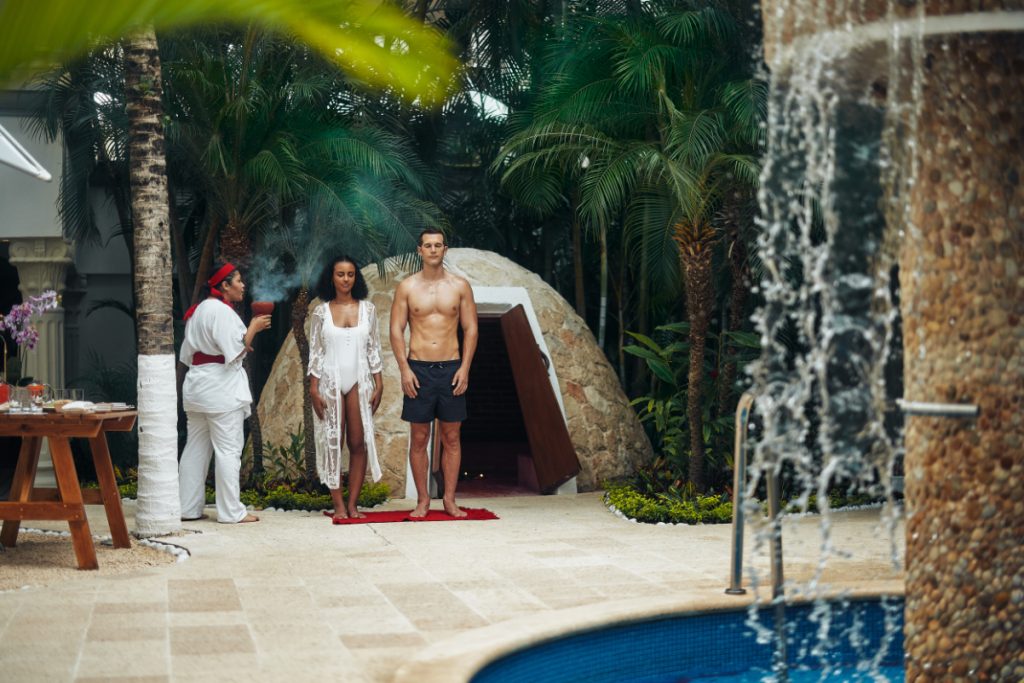
1. The definition of wellness
A few years ago I wrote an article looking at 12 health and wellness trends that would shape 2019. In it I made this very same point. I spoke about the difference between fitness vs wellness.
Here we are in 2023 and the collective mindset towards health and wellness continues to shift. Since the pandemic, people define wellness more broadly. They appreciate (especially Gen Z) that the concept of wellness is more holistic than merely fitness. It encompasses mental, spiritual and physical wellbeing, as well as things like purpose.
I see this playing out in many respects.
- I see employees expecting wellness to be part of any workplace. And in response I see corporates embracing mental wellbeing offerings and thinking about employee health and wellness as more than a discounted gym membership.
- A survey by Hilton describes how travellers are increasingly looking for brands and holidays that facilitate their health and wellness. People will do leisure travel to renew their mental, spiritual and physical well being. Global medical and wellness tourism demand will grow and holiday choices will increasingly factor in wellness.
- I see a “grind culture” rapidly shifting to a more wellness-orientated approach where functional fitness to support longevity will be a greater consideration. And where people realise that staying fit and healthy doesn’t just make them feel better – it makes them feel better about themselves – something increasingly important in an age of increased self-care.

2. Accessibility
With the temporary closure of gyms and studios, personal trainers, fitness instructors and owners of brick-and-mortar wellness spaces took a huge hit. Digital health apps like Active8me benefited as digital adoption grew. Perhaps out of necessity initially, but it has been a fundamental shift facilitating accessibility that will be ongoing.
Consumers now expect 24/7 fitness available – anywhere, anytime. We saw the announcement by Netflix that it is branching out into fitness content by streaming Nike Training Club classes. And on the clinical side, we have seen a changing perception of how we see our healthcare providers. Many people are now more comfortable with virtual doctor consults and remote monitoring of non-emergency conditions. In a May 2022 survey conducted by Zocdoc, 77% of patient respondents indicated they plan to utilize a combination of telehealth and in-person care in the future.
(It is worth noting that what cannot be so easily replaced as digital adoption and accessibility grows, is the sense of community and connection that is an important part of fitness, health and wellness – most especially for Gen Z and millennials).
Wellness is no longer just a luxury. It is something now that we engrain (or try to engrain) into our daily lifestyles.
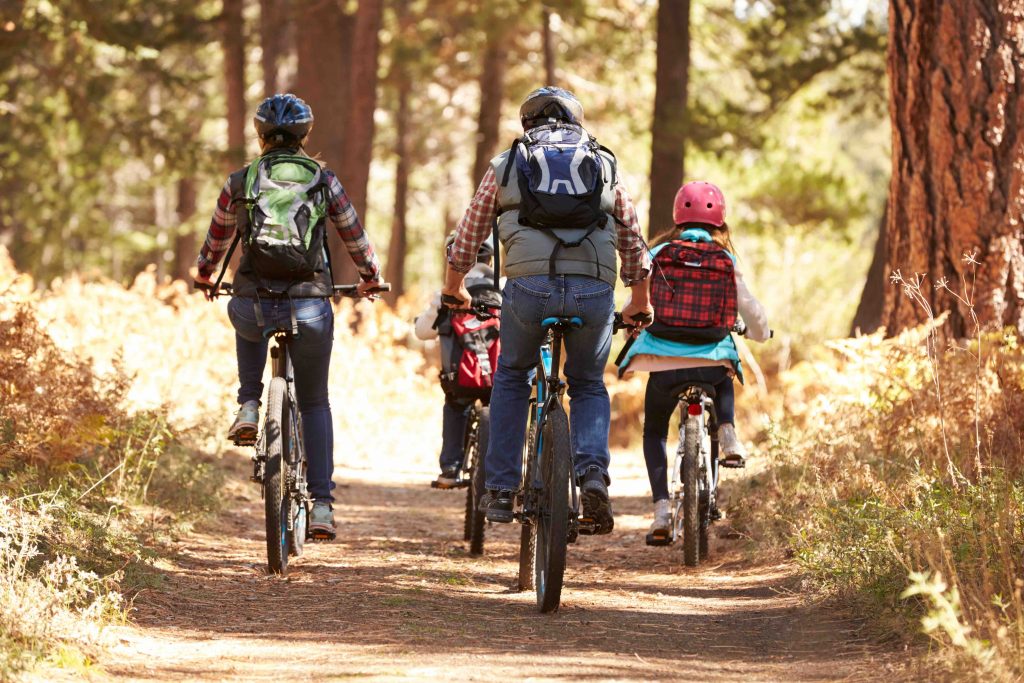
3. Simplification and back to our roots
It is always difficult to generalise across countries and cultures who are all at different stages, but as an overall comment on the global wellness mega-trend, I see people simplifying rather than over-complicating.
Consumers are intentionally spending more time outside – reconnecting with nature (don’t you just love the Japanese term ‘forest bath’) and adopting a more natural lifestyle. From the more natural ‘clean products’ that people use when visiting the spa or a salon or use at home; to refillable beauty packaging; to everyday shopping items. From embracing recovery methods like ice baths. To growing their own food and an increasing focus on sustainability.
In fact a survey of 17,000 by MindBody revealed nearly 40% of American respondents said that they are embracing a more natural lifestyle. And in a 2002 study, in comparison to 2019, makeup purchases decreased by 19%, whereas skincare sales skyrocketed — now making up 42% of the global market. 2022 was the year of “self”, wherein everyone took time to focus on themselves

4. Mental Health
Covid-19 brought an increased awareness of the importance of mental health and self-care. And in some countries, the added benefit of less stigma as people became more open with their struggles. But at the same time, Covid-19 led to an increased prevalence of depression and anxiety. In one survey 43% of people experienced more anxiety and 45% more depression. And a Swiss Re survey concludes similarly. Almost 1 in 2 people are more concerned with their mental health due to Covid-19. Read that again – almost 1 in 2 people!
No wonder there is an important need for scalable and effective mental health solutions. I have personally been part of bringing a great mental health app proposition to market with Wysa. As a result, I see this focus on mental health continuing in 2023 – which is very good thing!
Whilst I am on the topic and to open up your mind – how about the story of this school that is practicing meditation instead of detention, with the results already changing students’ lives.
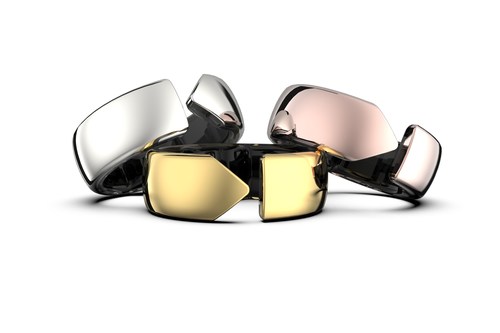
5. Women’s Health
If you follow headlines or social media it is hard to not notice how women’s health and Femtech in all its forms has growing and gaining traction. I have no doubt that this will continue into 2023 in developed countries which facilitate such products and propositions.
By example, we’ve seen Movano’s new smart ring Evie (similar to the Oura ring) focused on women’s health. It tracks heart rate, skin temperature, clinical SpO2, periods, ovulation, sleep, mood and physical activity. We’ve seen Maven Maven Clinic, a teletherapy startup focused on women’s health, raise $90 million. Through its app, female patients and their families are supported through fertility and pregnancy, to birth, pediatrics and menopause. And we’ve seen more talk and more product examples where exercise, diet, and even skincare products are aligned with the stages of the menstrual cycle.

6. Modifiable Risk
Most drivers of health sit outside of the conventional healthcare system and are modifiable. As founder of Active8me it wont surprise you that I am in total agreement with this. A believer in prevention not cure. And of lifestyle behaviour that can modify health outcomes. It was pleasing therefore to see respected firms like McKinsey speaking so emphatically about this.
“More than 97 percent of health-related public-, private-, and social-sector expenditures in OECD countries are related to delivering conventional healthcare interventions.” … “We define conventional healthcare interventions as a handful of widely adopted public health strategies (for example, vaccines, sanitation, seat belts, and smoking cessation), the timely detection and diagnosis of disease, and access to clinical interventions like pharmaceuticals, surgery, and therapy provided by licensed clinicians.”
Yet, “when we acknowledge the relevance of a handful of nonconventional drivers such as diet, exercise, and substance use, we frequently refer to these drivers with dismissive terms such as “lifestyle.” … “The word “style” implies superficiality or inferiority compared to what we consider more legitimate interventions that we label with credibility-enhancing qualifiers like “clinical.” … “19 of the 23 drivers of our health sit outside conventional healthcare systems” … “These drivers include what we put into our bodies, how we spend our time, when and how we move, what our minds and bodies are exposed to, and what we believe about the nature of reality, ourselves, and other people.” … “Thousands of studies and even more anecdotal evidence highlight that these drivers are often the difference between decades of strong function and decades of poor health and/or premature death.”
Building on this, it was also pleasing to see Swiss Re quantify the potential benefits to insurers portfolios with respect to mortality and lapse reductions as a result of implementing health engagement platforms and programs.
I see more and more focus and drive towards modifiable outcomes and value-based care in 2023.
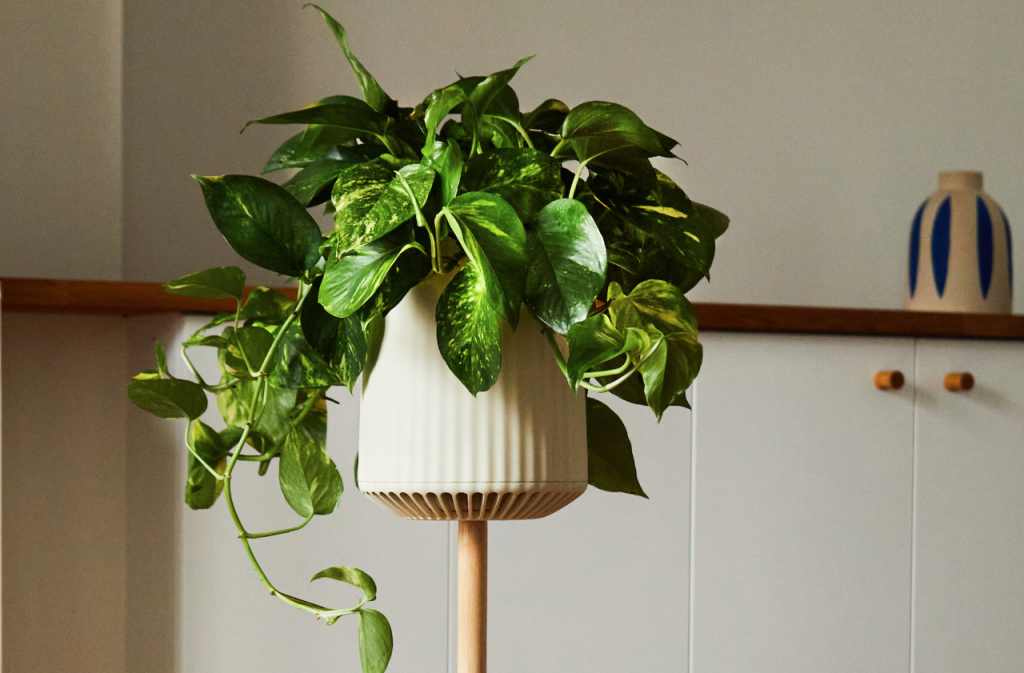
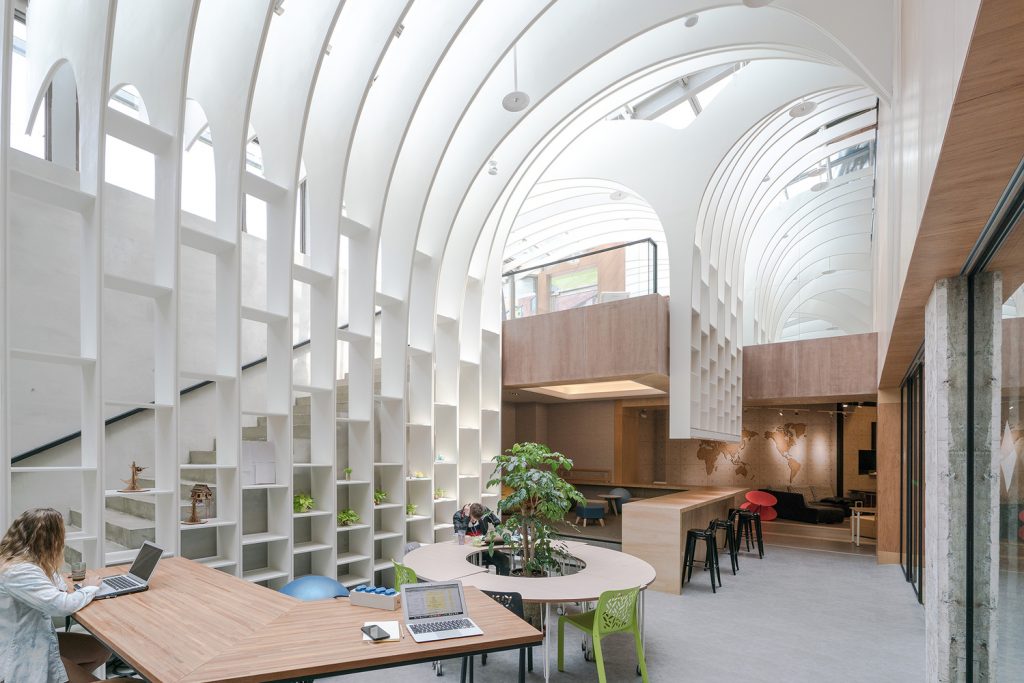
7. Some other interesting and notable things
It is also worth mentioning a few other notable things I saw. Perhaps they are not trends that will define 2023, but they are still very interesting nonetheless.
- A Paris-based startup called Neoplants has developed a genetically engineered plant with enhanced natural purifying properties that can clean the air better than 30 air purifiers. Not only can the plant add colour to the room, but it can also clean the air and create healthier surroundings. Very cool!
- It is great to see wellness driving architectural design. Especially given how much time we spend indoors. I wrote previously about the rising awareness of ambient wellness – that is, the impact that our work and living spaces have on us personally.
Now trends come and go, but one enduring certainty is that health is always on trend. And it will continue to be driven by the demand of a more aware consumer.

